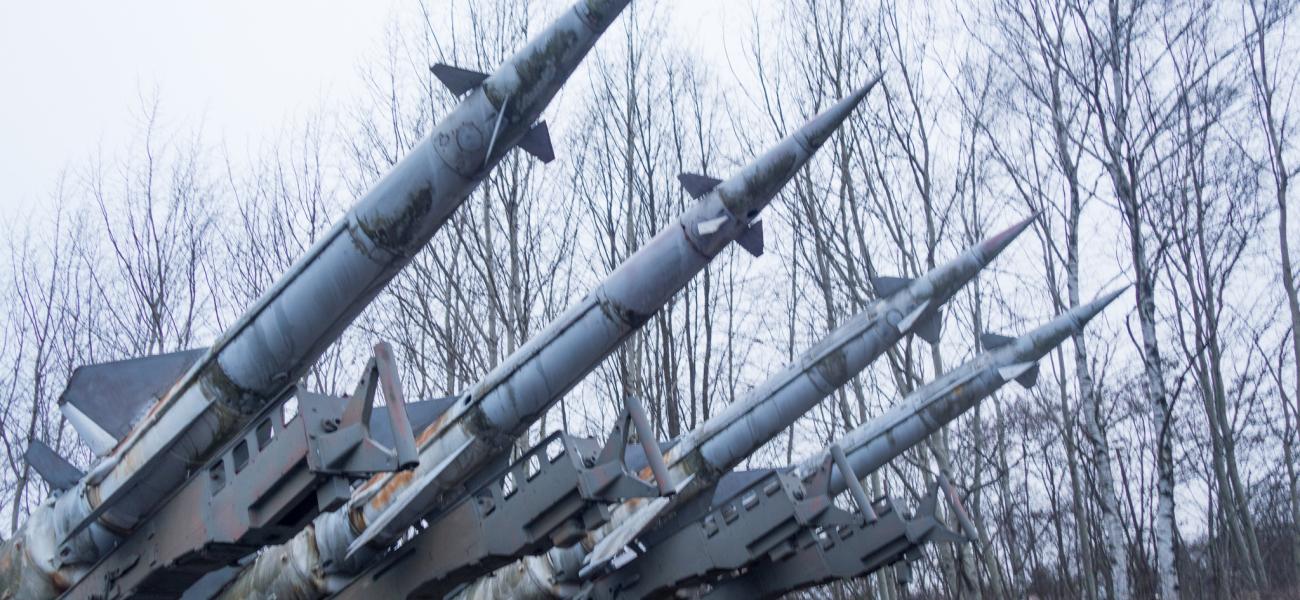
False Alarms, True Dangers?: Current and Future Risks of Inadvertent U.S.-Russian Nuclear War
This report originally appeared on the RAND Corporation website.
In the post–Cold War era, it is tempting to see the threat of nuclear war between the United States and Russia as remote: Both nations' nuclear arsenals have shrunk since their Cold War peaks, and neither nation is actively threatening the other with war. A number of analysts, however, warn of the risk of an inadvertent nuclear conflict between the United States and Russia — that is, a conflict that begins when one nation misinterprets an event (such as a training exercise, a weather phenomenon, or a malfunction) as an indicator of a nuclear attack or a provocation.
Understanding how miscalculations and misperceptions can lead to the use of nuclear weapons is an important step toward reducing the probability of an inadvertent nuclear conflict. At present, the United States does not appear to have a consistently used method for assessing the risk of inadvertent nuclear war. To address this gap, this report synthesizes key points from the literature on the pathways by which, and the conditions under which, misinterpretations could lead to a nuclear strike, either by U.S. or Russian forces. By shedding light on these risks, this report hopes to inform decisionmakers about measures that both nations can take to reduce the probability of an inadvertent nuclear conflict.
Research Questions
- How could miscalculations and misperceptions lead to the use of nuclear weapons in three scenarios: an early warning system's false alarm, an escalation of a conventional conflict in Russia's "near abroad," and a false indication of a nuclear attack by Russia's "Dead Hand" system?
Recommendations
- To help reassure Russian leaders that no U.S. attack is occurring — and thus reduce the probability of Russian nuclear use in an early warning false alarm — the United States should consider steps to compensate for the current limitations in the coverage and reliability of Russian early warning systems.
- The United States should acknowledge and encourage actions by Russia to make its own investments to improve early warning systems (to increase the probability that Russian leaders would be able to tell the difference between an early warning system false alarm and an actual incoming attack) and to improve the survivability of Russian forces and command and control systems (to reduce the perceived threat of a U.S. first strike).
- The United States should consider making observable but reasonable adjustments to its own forces to reduce its threat to Russian second-strike capability.
- The United States should consider avoiding further development of EMP weapons that could seem aimed at Russian command and control disruption.
- The United States should do what it can to reduce the probability that Russia will activate the Dead Hand system.
Anthony Barrett
Anthony Barrett is co-founder and director of research at the Global Catastrophic Risk Institute and senior risk analyst at ABS Consulting. He was a Stanton fellow at RAND in 2012–2013.
Photo credit: Flickr photo by Thomas Quine shared under a Creative Commons (BY 2.0) license.
